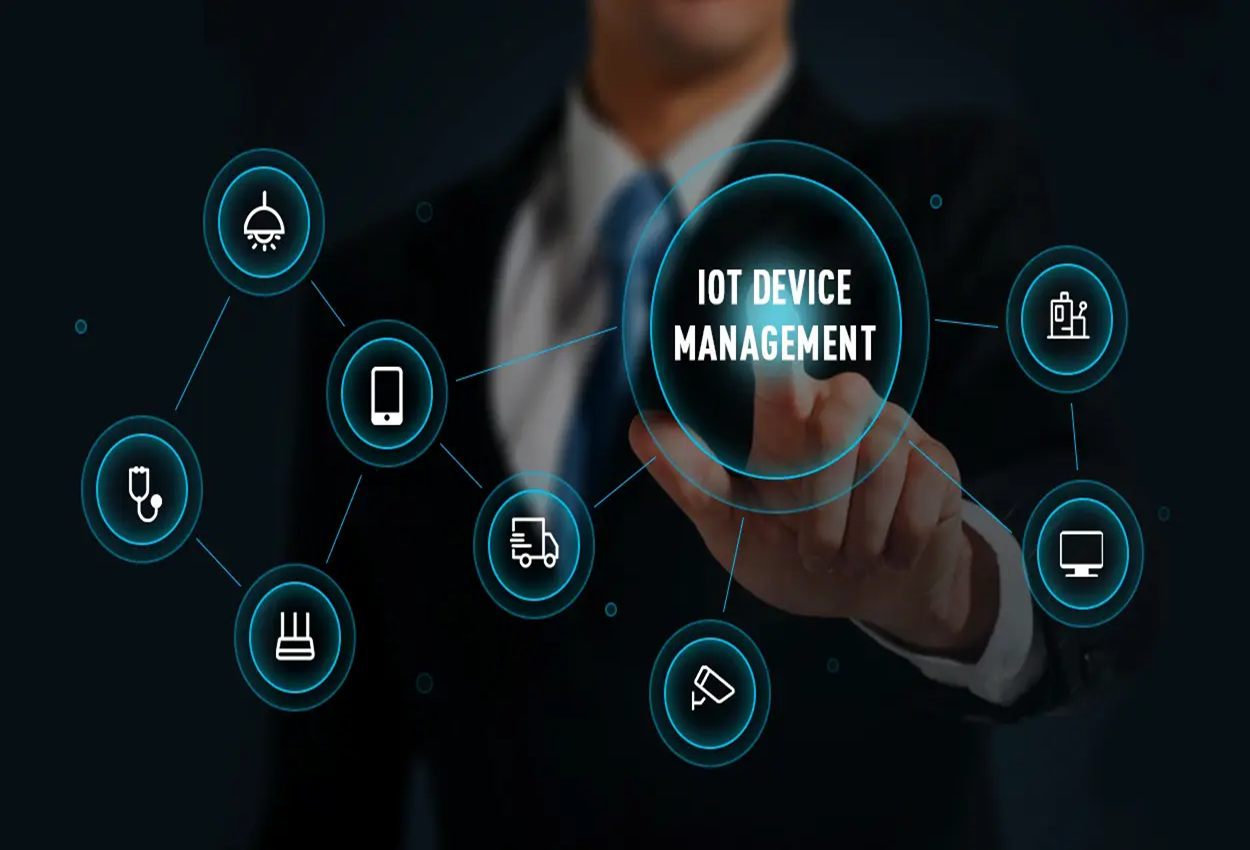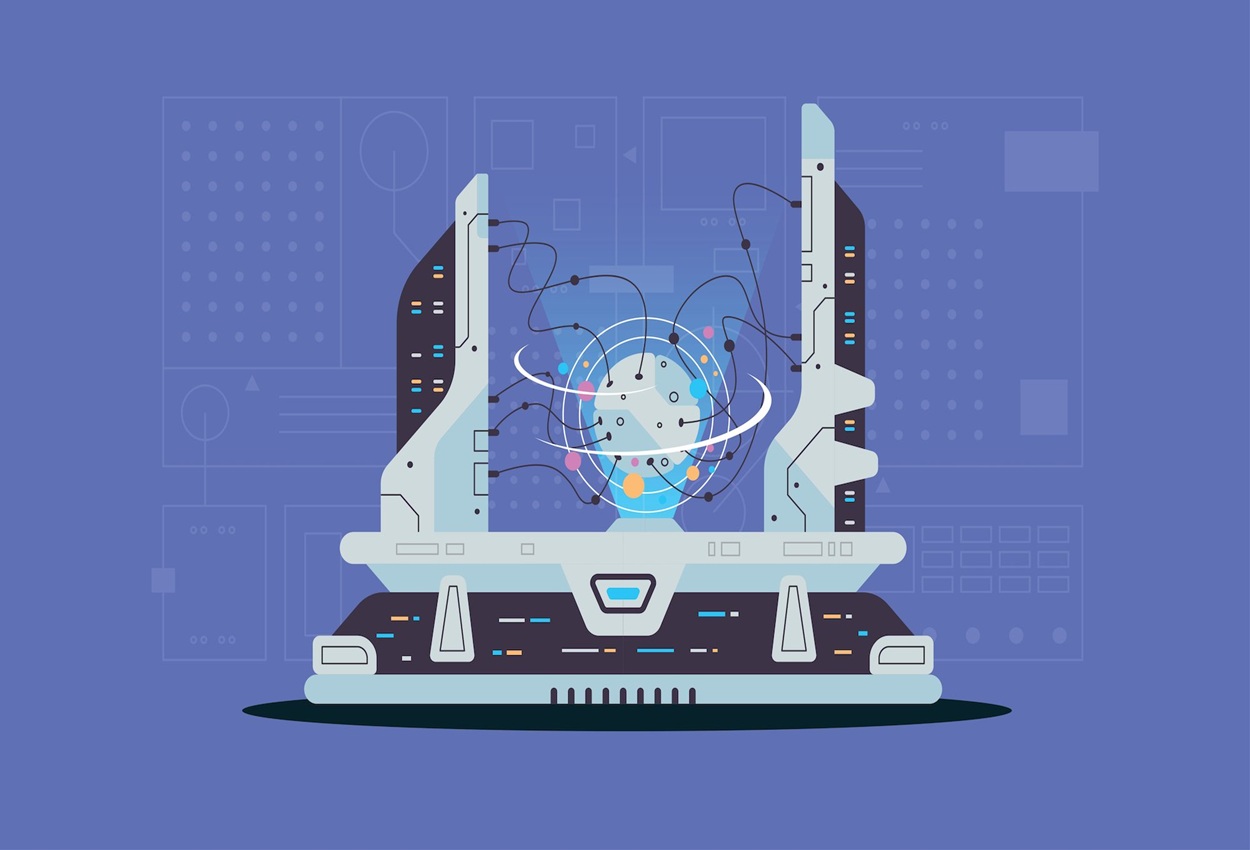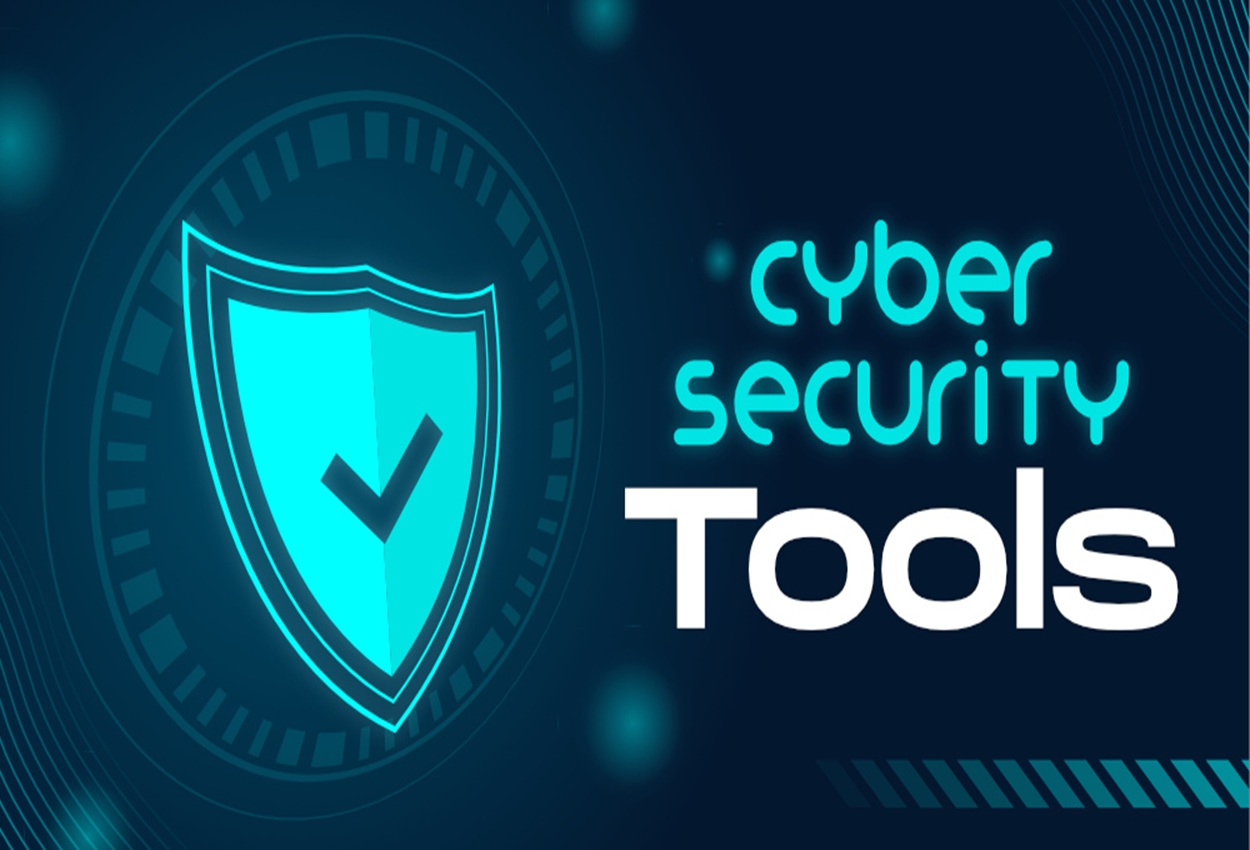Managing IoT Devices With These Tools
The Internet of Things (IoT) is becoming more than just a trendy term in today’s hyperconnected world; it is a requirement. IoT gadgets are changing how we live, work, and develop, from smart homes to expansive industrial systems. Managing IoT devices effectively, securely, and at scale is a new problem brought about by the increase in device use.
Whether you’re a homeowner managing smart thermostats and lights or an enterprise handling thousands of sensors and gateways, one truth remains: managing IoT devices without the right tools is like sailing a ship without a compass. That’s where powerful IoT device management solutions come in.
At Hryders.com, we believe that great tools don’t just support your IoT ecosystem—they elevate it. In this guide, we dive deep into the best IoT device management platforms, the features that matter, and how businesses and individuals alike can gain real control over their connected environments.
Understanding IoT Device Management: What’s at Stake?
Managing IoT devices isn’t just about turning them on or off. It’s a full-fledged process that involves provisioning, monitoring, updating firmware, ensuring compliance, and safeguarding sensitive data. As the number of devices grows, the complexity skyrockets. That’s why IoT device lifecycle management is at the heart of modern IoT strategy.
A solid IoT device management software ensures real-time monitoring, remote updates, policy enforcement, and robust security protocols—all under a single interface. It allows businesses to focus on outcomes rather than technical firefighting.
Cloud IoT Device Management: The New Standard
The cloud has revolutionized how we manage connected devices. Cloud-based IoT control systems allow for instant scalability, zero-touch provisioning, and seamless updates from anywhere in the world. With remote IoT device control, you don’t need to be physically present to troubleshoot or configure a device.
Platforms like Google Cloud IoT, AWS IoT Core, and Azure IoT Hub offer feature-rich cloud IoT device management environments that are now considered essential for enterprise operations.
For businesses aiming to stay agile and responsive, cloud integration offers not just convenience—but a competitive edge.
Top-Rated Tools That Make IoT Management Easy
Choosing the best tools to manage IoT devices depends on your specific needs—whether that’s smart home device management or industrial IoT device monitoring. Tools like Particle, Losant, and Blynk shine when it comes to easy IoT device onboarding, while enterprise-grade platforms like IBM Watson and Cisco Kinetic offer AI-powered IoT device management at scale.
Top IoT device management apps now feature intuitive dashboards, drag-and-drop interfaces, and AI-enhanced analytics, reducing the learning curve even for those new to IoT ecosystems. These apps also include real-time IoT performance monitoring tools, IoT device analytics dashboards, and predictive maintenance capabilities.
Real-Time Monitoring and Tracking for Instant Insights
For industries relying on time-sensitive operations, real-time IoT device tracking and IoT asset tracking and management are game-changers. From fleet vehicles to medical equipment, being able to monitor your assets in real-time enhances operational visibility and response speed.
IoT network device management tools like Domotz or PRTG Network Monitor empower IT teams with live diagnostics, alerts, and performance reports. The result? Reduced downtime and better customer service.
Ensuring Security in the Age of IoT
As more devices connect to the internet, security becomes non-negotiable. How to secure IoT devices is a question every user—enterprise or individual—must ask. The best IoT security and device control platforms use multi-layered protection: encrypted communications, role-based access, anomaly detection, and automatic firmware patching.
Security-focused features such as IoT device access control, IoT configuration management, and IoT compliance tools ensure that your data remains protected while adhering to industry standards like GDPR, HIPAA, or ISO 27001.
One standout feature that modern platforms offer is zero-touch IoT device setup with built-in authentication. This not only improves the speed of deployment but also reduces human error—a leading cause of vulnerabilities.
Managing Smart Cities and Industrial IoT
When it comes to scaling operations, enterprise IoT management and smart city IoT device control are among the most demanding use cases. These applications require high reliability, wide-area connectivity, and scalable architecture.
Industrial IoT device monitoring tools allow manufacturing plants, energy grids, and logistics hubs to gain granular control over thousands of sensors and machines. They provide anomaly detection, trend analysis, and automated alerts to prevent costly downtime.
At the urban level, centralized IoT device control platforms help manage traffic lights, surveillance systems, waste bins, and environmental sensors—all from a single command center. These systems are the backbone of smart, data-driven cities.
Mobile and Remote IoT Management On the Go
The rise of mobile IoT device management means you can handle your entire ecosystem from a smartphone. Whether you’re on-site or miles away, mobile apps provide access to IoT troubleshooting tools, push notifications, device logs, and real-time updates.
This is particularly useful for remote workers, field technicians, or anyone managing IoT device fleets outside of traditional office settings. Efficient IoT fleet management has never been easier with tools like BalenaCloud and Azure IoT Edge.
Open-Source and Affordable Options for Beginners
Not every project needs enterprise-level investment. For startups, DIY enthusiasts, or educators, open-source IoT device platforms such as ThingsBoard, Kaa, and OpenRemote offer powerful features without the hefty price tag.
These platforms are ideal for IoT device management for beginners, providing accessible interfaces, community support, and modular architecture. They also offer key features like IoT gateway device management, IoT sensor management solutions, and integration with other open-source tools.
For cost-sensitive projects, affordable IoT management software ensures you don’t compromise on quality while still hitting your project goals.
Best Practices for Scalable and Secure IoT Management
To ensure long-term success, implementing best practices for IoT device management is essential. Start with comprehensive IoT device provisioning platforms that allow smooth setup and registration of devices. Use strong encryption, conduct regular security audits, and leverage IoT firmware update tools to patch vulnerabilities promptly.
Grouping devices through IoT device group management can streamline operations, allowing for batch configuration and updates. A well-organized IoT device management dashboard gives clarity and saves time when scaling operations.
For businesses, adopting enterprise-grade IoT management tools ensures your system can grow with demand—without added complexity or risk.
The Role of AI in Next-Gen IoT Management
Artificial Intelligence is transforming the IoT landscape by making management proactive instead of reactive. AI-powered IoT device management tools can predict failures, optimize power usage, and suggest configuration changes based on usage patterns.
By integrating IoT device analytics dashboards with AI, organizations gain predictive insights that enable smarter decisions, improve ROI, and reduce operational costs.
These intelligent systems are now crucial in sectors like healthcare, logistics, agriculture, and manufacturing—where seconds matter, and efficiency is everything.
Why Managing IoT Devices Has Truly Never Been Easier
What once required hours of manual setup, code wrangling, and physical troubleshooting can now be done in minutes. With the rise of scalable IoT device management solutions, even a single dashboard can handle thousands of devices across locations.
Whether it’s IoT device connectivity management, firmware upgrades, remote shutdowns, or sensor calibration, the right platform automates the complexity out of the process.
Thanks to rapid innovation in this space, managing smart devices in IoT ecosystems is now intuitive, flexible, and tailored to both casual users and global enterprises.
Conclusion
IoT technology is growing, and so are the demands placed on those who manage it. But with the right tools and best practices, what once felt chaotic can now feel effortless. From secure IoT device control to real-time monitoring, there are robust solutions for every need and budget.
At Hryders.com, we help you stay ahead of the curve by identifying the top IoT device management apps and strategies that turn complexity into simplicity. Whether you’re just starting or scaling globally, the future of IoT management is not only possible—it’s easier than ever.






